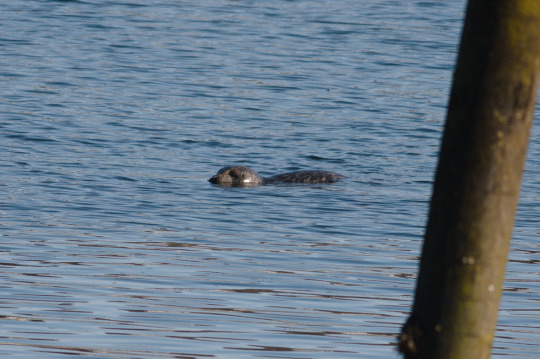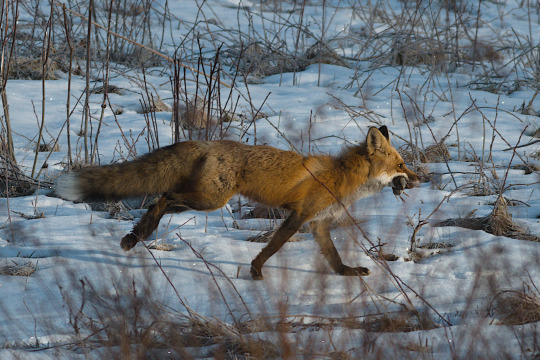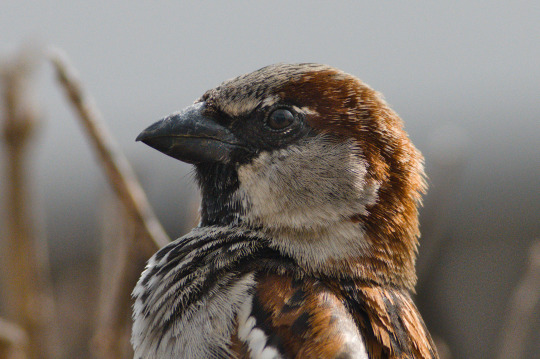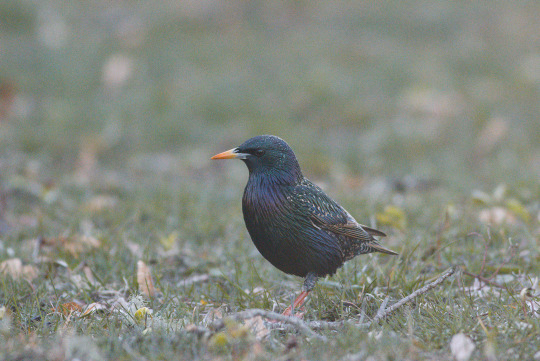Text

There are 52 identified subspecies of song sparrow.
(Song sparrow)
#photography#art#outdoors#nature#digital art#animals#wildlife#adventure#outdoor#birds#borb#birbs#birbs of tumblr#birblr
1 note
·
View note
Text

Rock doves navigate via Earth’s magnetic field, allowing them to return to their home territory even if released in a new location.
(Rock dove or pigeon)
#photography#art#outdoors#nature#digital art#animals#wildlife#adventure#outdoor#birds#pigeon#rock dove#bird facts#birdphotography#naturephotography#wildlifephotos
444 notes
·
View notes
Text

Raptors have long, curved talons for gripping their prey and holding it in place.
(Osprey)
#photography#art#outdoors#nature#digital art#animals#wildlife#adventure#outdoor#birds#wildlifephotos#naturephotography#naturephotos#birdphotography#raptors#birds of prey#osprey
17 notes
·
View notes
Text

Harbor seals can dive for 25-35 minutes at a time.
(Harbor seal)
#photography#art#outdoors#nature#digital art#animals#wildlife#adventure#outdoor#harbor#seal#harbor seal#pinniped
5 notes
·
View notes
Text

House finches are native to the American southwest and Mexico and have been introduced on America’s east coast and in Hawaii.
(House finch, male plumage)
#photography#art#outdoors#nature#digital art#animals#wildlife#adventure#outdoor#birds#house finch#bird facts#birblr#bird photos#naturephotography#wildlifephotos
14 notes
·
View notes
Text

Nuthatches are able to travel up and down tree trunks vertically.
(Red-breasted nuthatch)
#photography#art#outdoors#nature#digital art#animals#wildlife#adventure#outdoor#birds#red breasted nuthatch#birdphotography#bird photos#naturephotography#naturephotos#wildlifephotos#wildlifephotography#wildlife pictures
19 notes
·
View notes
Text

Rock doves (pigeons) mating display begins with the male (left) cooing and strutting to display for the female (right).
(Rock doves)
#photography#art#outdoors#nature#digital art#animals#wildlife#adventure#outdoor#birds#pigeon#rock dove#birblr#birdsofig#birdsofinstagram#birds of tumblr
32 notes
·
View notes
Text

House sparrows have genetic links to the species likely origin place in the Middle East.
(House sparrow, female plumage)
#photography#art#outdoors#nature#digital art#animals#wildlife#adventure#outdoor#birds#birdphotography#naturephotography#naturephotos#wildlifephotos#house sparrow
23 notes
·
View notes
Text

Osprey are primarily piscivores, meaning fish eaters. Their excellent eyesight can detect fish beneath the waters surface.
(Osprey)
#photography#art#outdoors#nature#digital art#animals#wildlife#adventure#outdoor#birds#ospreys#osprey#raptors#raptorsofinstagram#birdsofig#birdsofprey#birds of tumblr
26 notes
·
View notes
Text

Red foxes have excellent hearing for low frequency vibrations, allowing them to hear burrowing prey underground.
(Red fox)
#photography#art#outdoors#nature#digital art#animals#wildlife#adventure#outdoor#mammalsofig#mammalsoftumblr#red fox#foxes#fox#wildlifephotos#naturephotos#naturephotography
23 notes
·
View notes
Text

Osprey’s diet consists of 99% fish.
(Osprey)
#photography#art#outdoors#nature#digital art#animals#wildlife#adventure#outdoor#birds#raptors#ospreys#birdsofprey#birds of tumblr#birdphotography#naturephotography#naturephotos#wildlifephotos
29 notes
·
View notes
Text

#photography#art#outdoors#nature#digital art#animals#wildlife#adventure#outdoor#birds#house sparrow#wildlifephotos#naturephotography#naturephotos#birblr#birbs of tumblr
21 notes
·
View notes
Text

Some loon species have been recorded flying 1078 km over a 24 hour period, likely from a single, continuous flight.
(Common loon, immature plumage)
#photography#art#outdoors#nature#digital art#animals#wildlife#adventure#outdoor#birds#common loon#loon#waterbird#naturephotography#wildlifephotos#birdphotography
21 notes
·
View notes
Text

Common grackles have a hard ridge on the top of their beak, which they use to crack open hard-shelled nuts.
(Common grackle)
#photography#art#outdoors#nature#digital art#animals#wildlife#adventure#outdoor#birds#common grackle#naturephotography#wildlifephotography#birdphotography#bird photos
22 notes
·
View notes
Text

Goose fossils have been found ranging from 10 to 12 million years ago with some reaching up to 1.5 meters (5 feet) tall.
(Canada goose)
#photography#art#outdoors#nature#digital art#animals#wildlife#adventure#outdoor#birds#canada goose#goose#goosefacts
26 notes
·
View notes
Text

Male house sparrows have a dark bib under their beak. It’s size and darkness represents a birds seniority in a flock (larger and darker bibs indicate and older and more dominant bird).
(House sparrow, male plumage)
#photography#art#outdoors#nature#digital art#animals#wildlife#adventure#outdoor#birds#house sparrow#naturephotography#wildlifephotos#bird photography#bird photos
86 notes
·
View notes
Text

Common starlings have iridescent feathers which appear to have multiple colorations depending on the angle of light hitting them.
(Common starling)
#photography#art#outdoors#nature#digital art#animals#wildlife#adventure#outdoor#birds#bird facts#common starling#birblr#birbs
20 notes
·
View notes